
Now, at the time I wrote War by Numbers, I was not aware of this sentence planted in FM 6-0 and so therefore did not feel a need to respond to the “3-to-1 rule.” It is a rule of thumb, not completely without value, that had been discussed before. I thought this issue was properly understood in the U.S. analytical and defense community, therefore I did not feel a need to address it further. It turns out that I do. So, let me take a moment to tap into our databases and properly address this using all the resources at my disposal.
First of all, The Dupuy Institute has a database of 243 engagements from 1600-1900 called the Battles Data Base (BaDB). These are almost all field battles, where the two sides deployed their forces of tens of thousands of people and resolve their dispute that day. Of the 243 battles, only 40 of them last longer than a day. The largest engagement has the attacker fielding 365,000 men (Leipzig, 1813) and the smallest engagement had the defender fielding but 350 men (Majuba Hill, 1881).

As this rule of thumb evolved out of the U.S. Civil War, then an examination of historical field battles from 1600-1900 is particularly relevant. Looking at the force ratio for these battles shows:
Force Ratio…………………..Percent Attacker Wins………………..Number of Cases
0.26 to 04.9-to-1………………54%……………………………………………13
0.50 to 0.98-to-1………………54………………………………………………81
1.00 to 1.47-to-1………………56………………………………………………71
1.50 to 1.96-to-1………………63………………………………………………38
2.00 to 2.44-to-1………………50………………………………………………16
2.58 to 2.94-to-1………………57………………………………………………..7
3.00 to 3.43-to-1…………….100………………………………………………..5
3.75 to 3.76-to-1………………..0………………………………………………..2
4.00 to 4.93-to-1………………75………………………………………………..4
7.78 to 16.82-to-1……………..67………………………………………………..6
The pattern here is not particularly clear, as low odds attack, where the attacker is outnumbered, succeed over half the time, as do attacks at higher odds. Some of this is due to the selection of battles, some of this is due to the lack of regular trained armies, and some of this is due to the attacker choosing to attack because they have advantages in morale, training, experience, position, etc. that outweigh the numbers. But, the argument that is made in FM 6-0 that based upon historical data at three-to-one odds the defender wins 50% of the time is clearly not shown. For example, in this data set there are 12 cases between the odds of 2.50 to 3.50-to-1. Of those 12 cases, the attacker wins in 9 of them (75%). The three cases where the defender wins are: 1) Battle of Buena Vista in 1847 where Santa Anna’s Mexican Army attacked Zachary Taylor’s American Army at 2.94-to-1, 2) Battle of Inkeman in 1854 where the Russian Army attacked the French and British armies in Crimea at 2.63-to-1, and 3) Battle of Belfort in 1871 where the French Army attack the German Army at 2.75-to-1. One could certainly argue that in these three cases, the defenders held advantages in training, experience and overall combat effectiveness.
Next post will address the 49 American Civil War battles in our database.

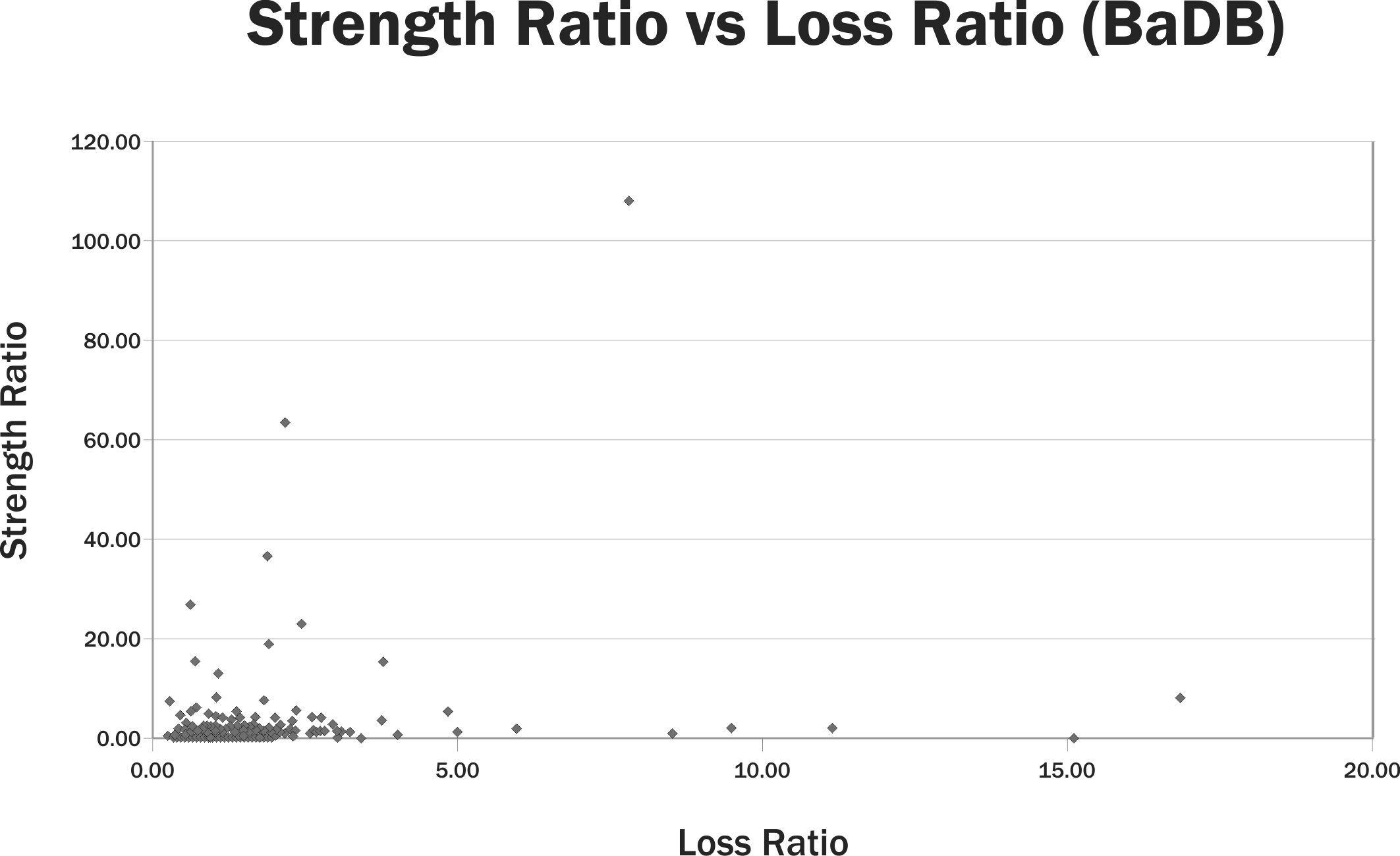
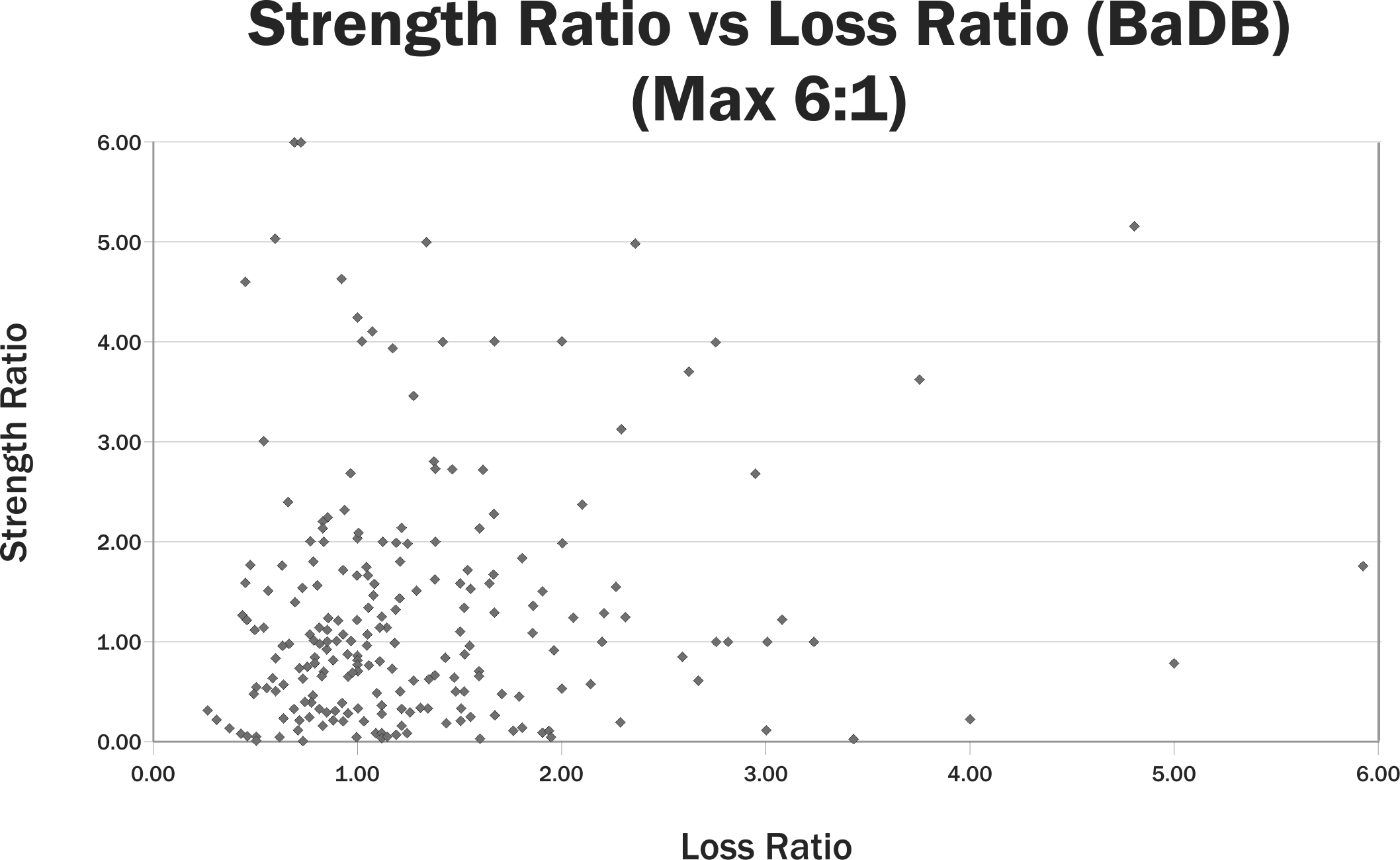
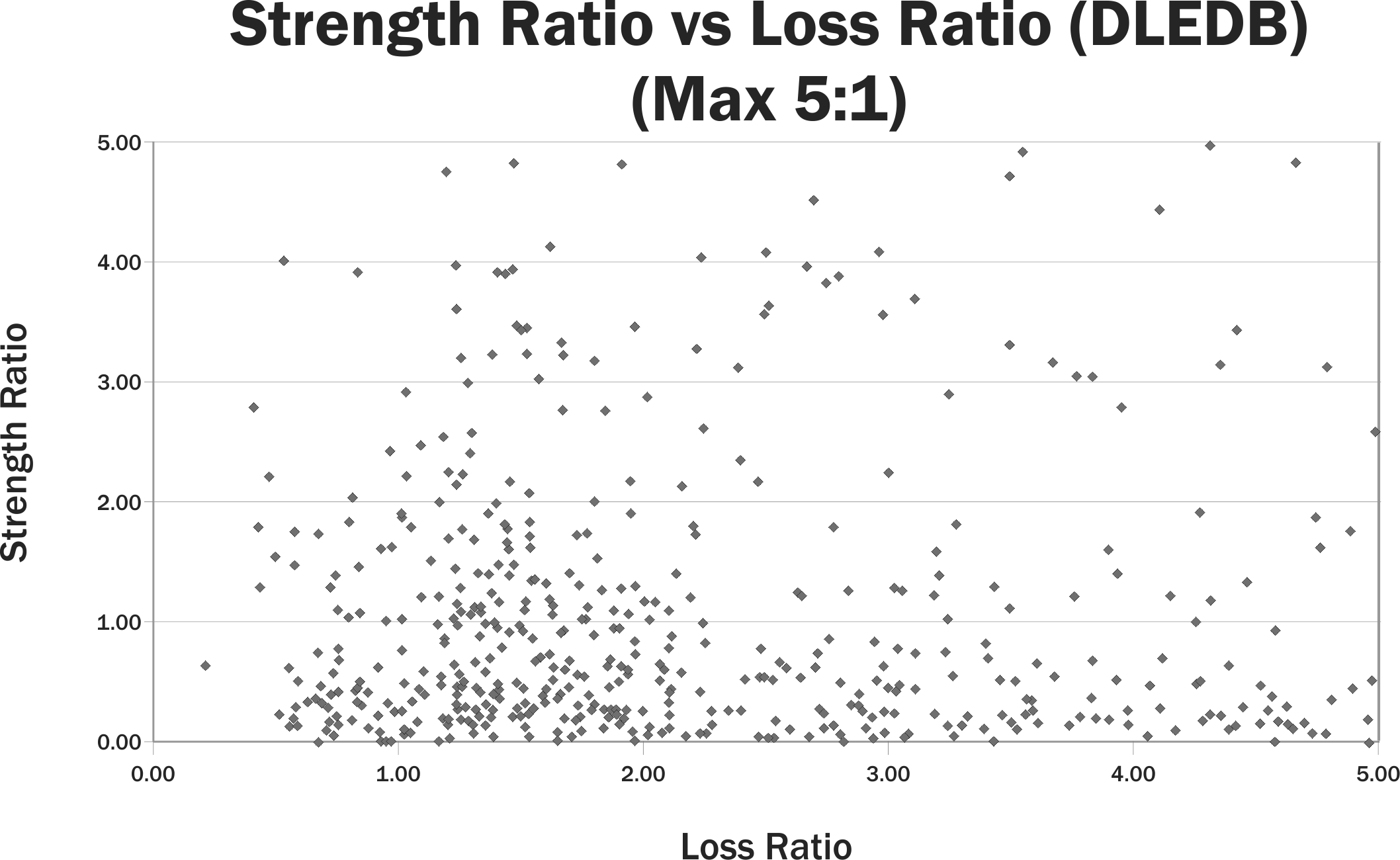
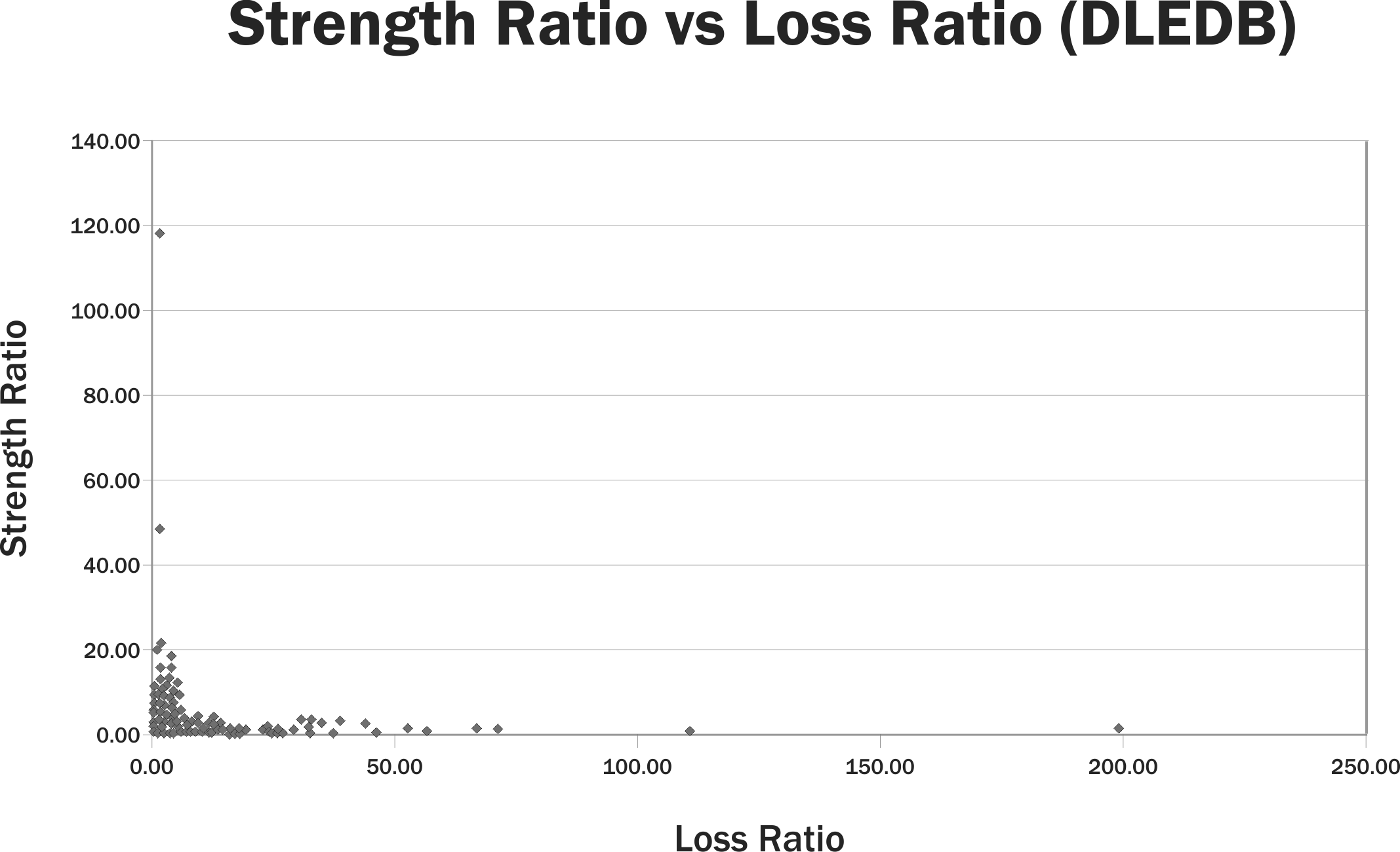

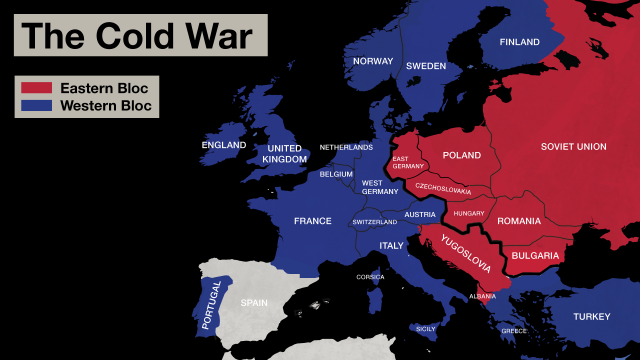 [This piece was originally posted on 13 July 2016.]
[This piece was originally posted on 13 July 2016.]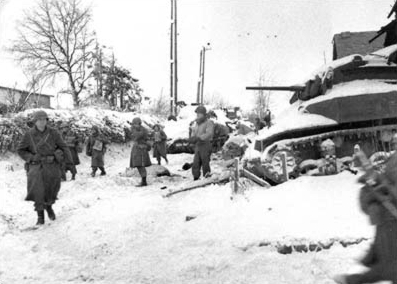

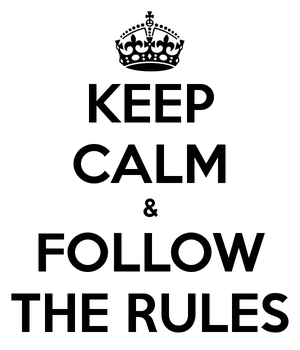 Dr. Reina Pennington, a professor of history at Norwich University,
Dr. Reina Pennington, a professor of history at Norwich University, 